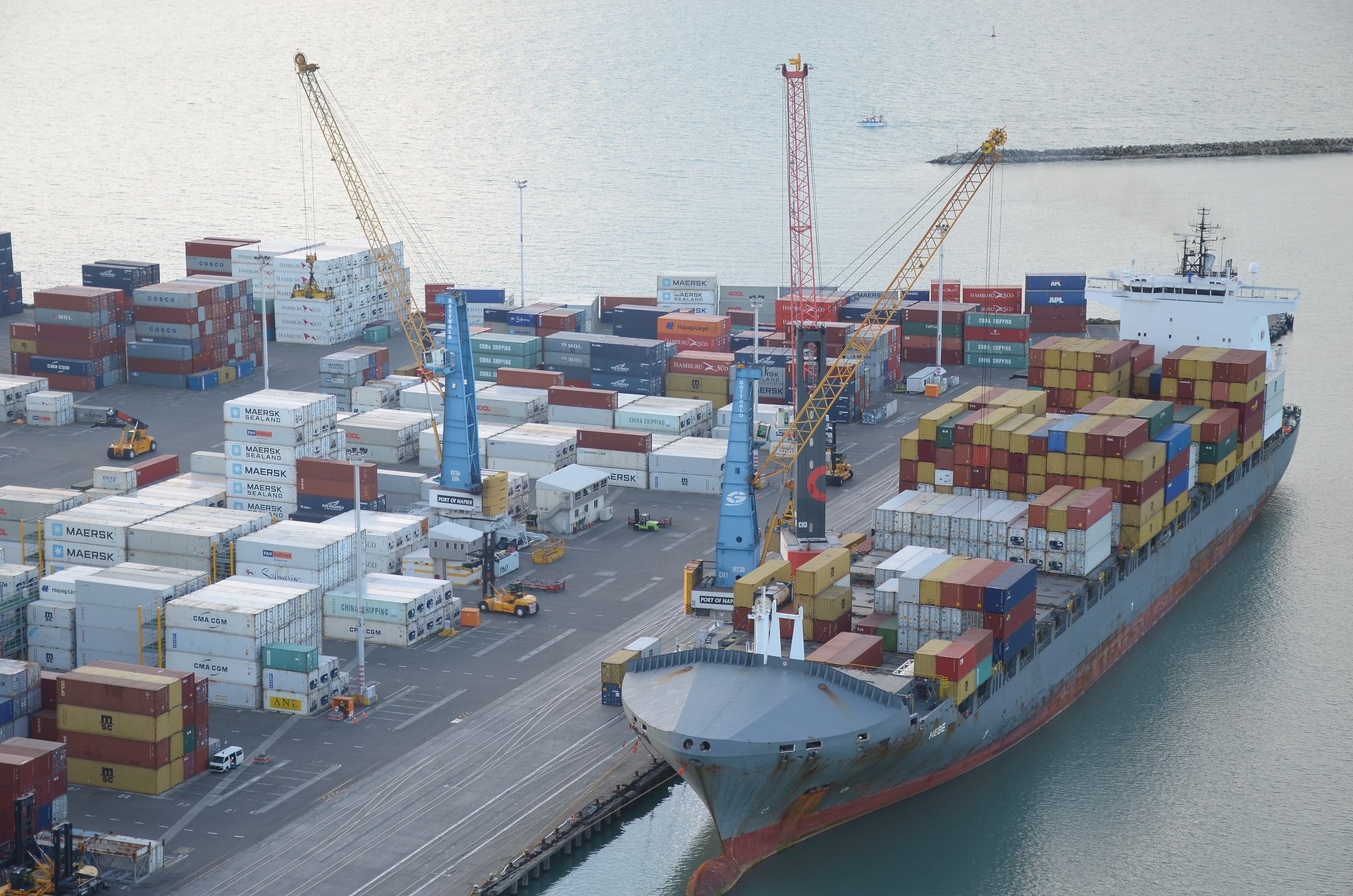Globalization is Here to Stay
When the COVID-19 outbreak was at its peak in 2020, a theme that emerged globally was shortages in personal protective equipment (PPE). Healthcare systems were caught off-guard and it took a few months for PPE and other healthcare supplies to catch up to the enormous demand. Amid the crisis, there was another overriding theme that caught on with equal momentum – of numerous calls by global leaders to reshore manufacturing. Many championed trade protectionism ideals, stating this approach would lead to stronger domestic economies.
Trade protectionism gained traction because COVID-19 had disrupted global supply chains. With supply being affected, the pandemic-led lockdowns cast the spotlight on the fragility of “just in time” arrangements. At the time, it was felt a shift to more local or domestic sourcing—as opposed to depending on global value chains—would be a wiser option. Therefore, terms such as onshoring, near-shoring and regional sourcing quickly became buzz words. But only temporarily.
With the worst of the pandemic behind us, the enthusiastic calls for an end to globalization have also fizzled out. Globalization is back and although reshoring and near-shoring may be happening, they are not defining themes. Trade has picked up, and the supposed death of globalization clearly hasn’t come to be.
COVID-19 Has Strengthened Globalization
The current globalization wave commenced in the late 1980’s. It underscores the sharing of ideas, products, and services across borders. More precisely, it encourages collaboration. Critics of this system have highlighted shortcomings such as accelerating climate change, increasing inequality, and as ushering in financial crises. There is, no doubt, credibility in some of these viewpoints. But as with all aspects, although there are downsides, the benefits far outweigh the costs.
Globalization has faced headwinds on several occasions, but with each instance, it has only emerged stronger. In a post-pandemic world, globalization is only solidifying its position due to the strong technology uptake witnessed. Much as manufacturing organizations are limited by the need for a physical location, the professional services sector became more fluid.
With the growing popularity and cost savings associated with remote work, there are strong possibilities that several work-related changes made during the pandemic will continue to stick. And as more organizations—spanning both multinationals and small businesses—move online, physical borders become less relevant. The entire world is a marketplace for this sector and this shift was possible entirely due to the free flow of data across borders.
Signing of the World’s Largest Trade Pact
In a further demonstration of strong support for globalization, the Regional Comprehensive Economic Partnership was signed in November 2020. It is the world’s largest trade pact – larger than even the European Union. It comprises 30 percent of the global population spanning 15 countries in the Asia-Pacific region. As an aggregate, the RCEP will account for an annual GDP output of $26 trillion.
This trade agreement was welcome news at a time when there was mounting rhetoric over implementing isolationist positions. Several economies thought ‘self-reliance’ was the solution to dwindling economic performances. But what was overlooked was the fact that globalization has lifted millions out of poverty over the past three decades.
Vaccine Rollouts were an Outcome of Globalization
In the past, vaccines took several years to develop and introduce to markets. However, thanks to the collaborative advances made in the fields of medicine and healthcare, COVID-19 vaccines became available in record time. They were developed and rolled out in less than 12 months. This remarkable feat was possible due to global collaboration; isolated efforts would never have culminated in such a quick rollout.
But prior to vaccines being introduced, and when governments were scrambling to fill PPE and medical supply shortages, it was the combined efforts of medical suppliers worldwide that helped stem shortages. For instance, in April 2020, there were only two companies globally that manufactured the swabs needed to perform COVID-19 tests. One was located in Maine, US and the other in Northern Italy. Meanwhile, the world’s largest glove maker was located in Malaysia. And the largest global vaccine producer is India headquartered. Without a combined effort, we would have never got to where we are today with the pandemic. Globalization truly proved that yet again.
There is No Room for Discord
While certain sceptics had sounded the death knell for globalization following the pandemic’s onset, what has actually happened is on the contrary. The pillars of globalization are more reinforced now than ever before. It is disunity that is now passé.
More importantly, tech platforms have been the strongest enablers. These allowed millions worldwide to collaborate and tide over the hiccups brought about by the pandemic. In emerging economies particularly, tech platforms have allowed learning to continue despite schools having been shut for the better part of a year and a half. And these tech platforms, be it Google, Zoom, Microsoft, or any other, are all really the products of globalization.
Any dispute on the future of globalization has now been put to rest by the pandemic.
Photo Caption: A cargo ship being loaded at a wharf in Napier, New Zealand



